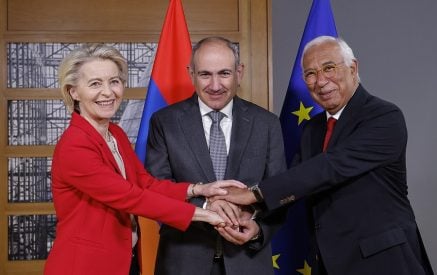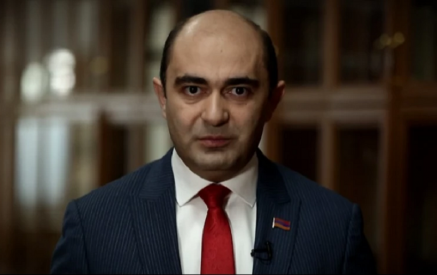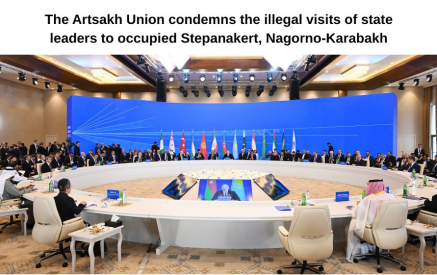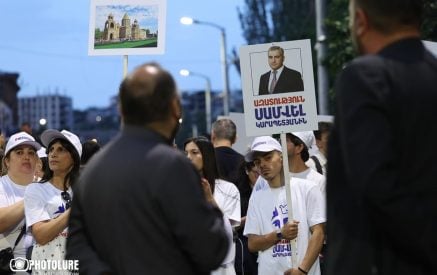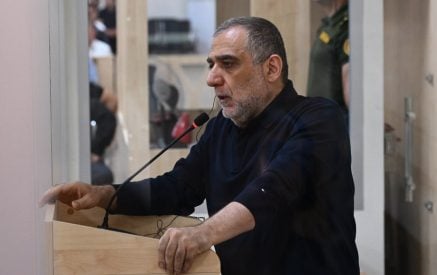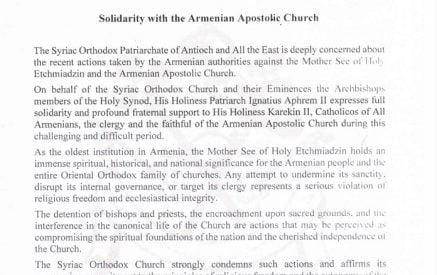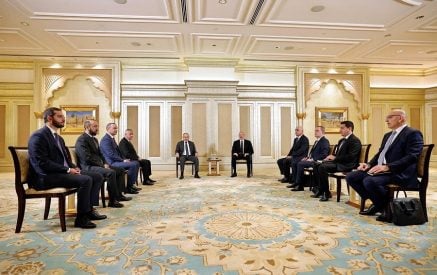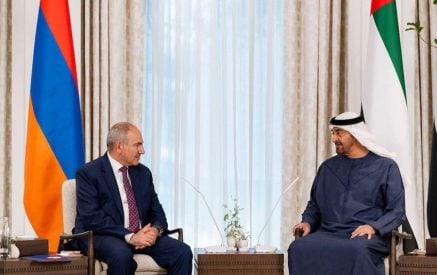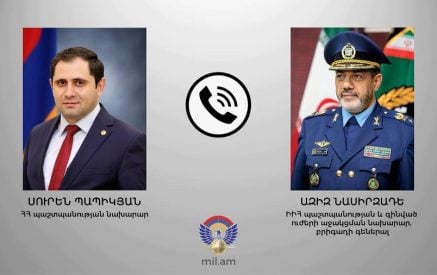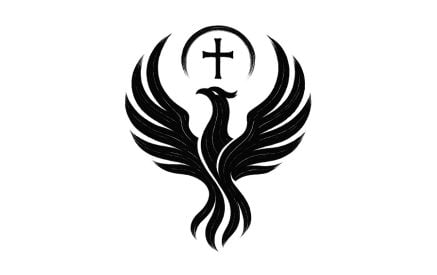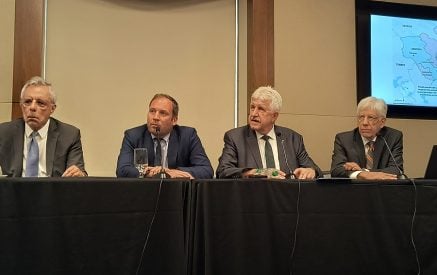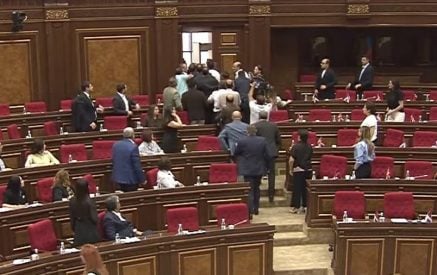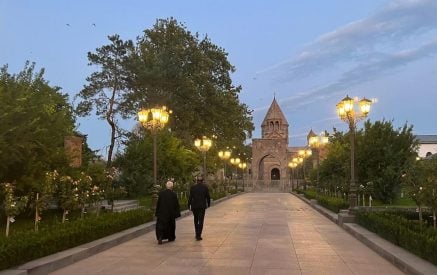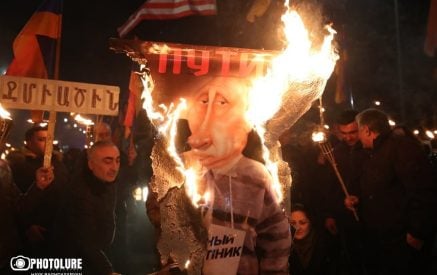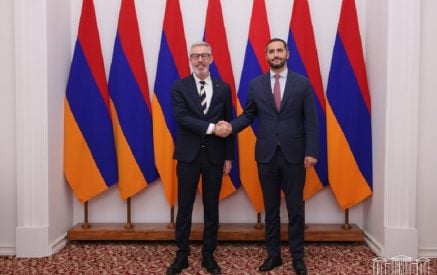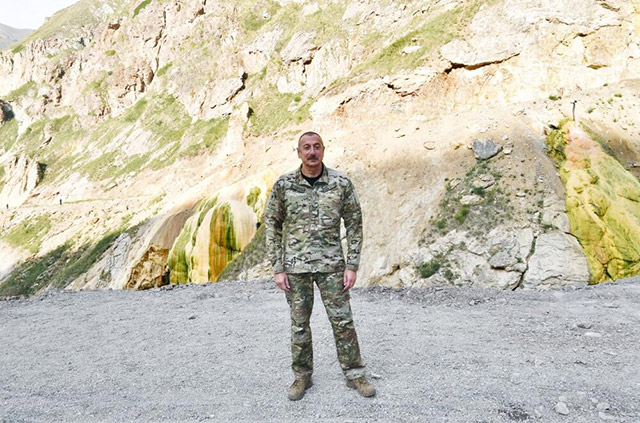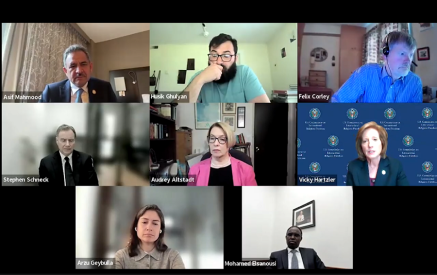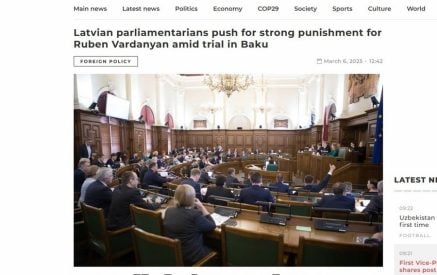Aravot presents the answers of the head of the office of the RA representative in the European Court of Human Rights, Liparit Drmeyan, to the questions of the members of the “Bardzunk” scientific-educational non-governmental organization.
– Can the fact that Azerbaijan invaded Armenia be discussed in any international court? Do such courts have the tools to influence Azerbaijan?
Territorial disputes can be referred to international courts, but only if the parties reach an agreement. But this is not a quick process. Even if one state agrees to appeal to an international court, the other may not give its consent. It is also accepted to hand over the settlement of territorial or border disputes to a third state or to commissions set up for that purpose. Azerbaijan also insists on the borders of the USSR, which, in my opinion, is mainly conditioned by the exclusion of the Artsakh issue, and the inclusion of Artsakh in its composition. But if the two countries, for example, agree on the map of the 1920s, then in this case no international organization can say that it does not accept that demarcation.
Read also
The UN Security Council can be the body by which Azerbaijan can commit to withdraw troops from Armenian territory. One of the results of appealing to the UN Security Council could be the deployment of international peacekeepers on the line of contact. Or, the UN Security Council may adopt a resolution proposing or urging Azerbaijan to withdraw its troops from Armenia. By the way, these are the four well-known decisions of the UN Security Council in the ‘90s that Azerbaijan spread in all possible cases, and they formulated that the Armenian forces in the territory of Nagorno-Karabakh must leave the occupied territories. But those decisions did not work in thirty years. Azerbaijan had a real result when it resorted to aggression. International law allows in that case to defend oneself, as well as to attack, even in case of a threat of an armed attack.

The head of the office of the RA representative in the European Court of Human Rights, Liparit Drmeyan
The use of military force is permissible under international law only in the case of self-defense. If there is a threat, if Armenia assesses that there is a threat of invasion of its territory by Azerbaijan, it can apply for protection in full. I would like to emphasize again that armed invasion does not solve the border issue; international law forbids it. We have presented this fact and all the violations in general that refer to the events that have taken place during the last year and a half to the ECHR and the UN Court. We send information about all the developments to those courts.
– There were assessments that the trilateral document of November 9, 2020 is illegal, that it has not been ratified by the RA NA. Is that document legal?
The trilateral statement of November 9 is a political document in nature because the leaders of the countries came to an agreement, as in the case of the 1994 ceasefire document. But other agreements must be signed between the parties in order for the unblocking defined by one of the points of that document to take place, otherwise only one provision can cause a thousand and one issues related to roads, customs checkpoints, etc. All this must be recorded with additional documents. This was the basis for both the ceasefire and the start of the negotiation process, but other agreements and documents must be signed in order for the declaration to be fully implemented. On the other hand, some of the provisions in that document, whether enshrined in the document or not, are subject to implementation by virtue of international law. For example, the issue of the return of prisoners of war is governed by the Geneva Convention relating to the Treatment of Prisoners of War, which obliges the parties to the conflict to return all prisoners of war held after the end of hostilities.
– There are also opinions that the fact that a part of Shurnukh and Vorotan came under Azerbaijani control is conditioned by the fact that the term “Border of the Republic of Azerbaijan” is defined by the Law on Administrative-Territorial Division about ten years ago. Does that law have anything to do with the issue?
The Law on Administrative-Territorial Division is about the administrative-territorial division of our country, and not on demarcation. The law itself refers to the determination of the borders of the regions and villages of the Republic of Armenia, and the term “border of the Republic of Azerbaijan” can be used conditionally, in purely territorial terms, to indicate the location of the given part geographically. But it can not refer to the decision of the Armenian borders.
Luiza Sukiasyan












